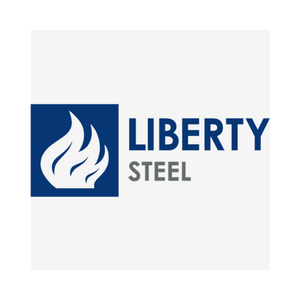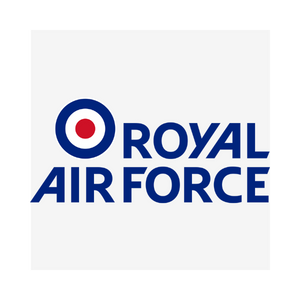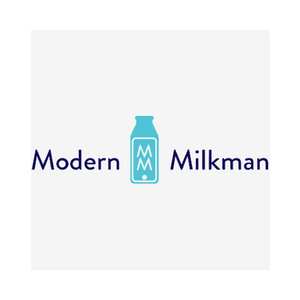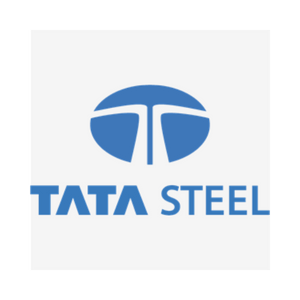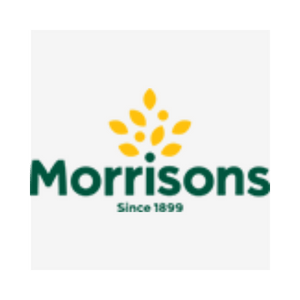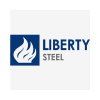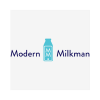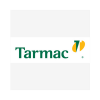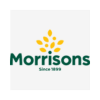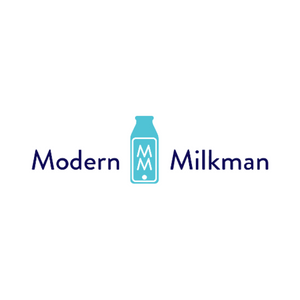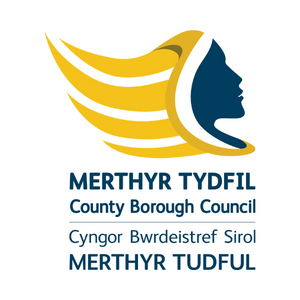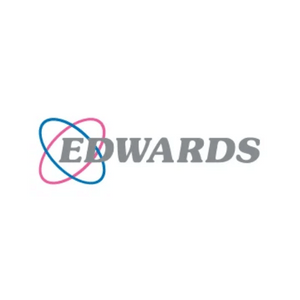What are the different wet and dry fogger application methods?
Since COVID-19, professionals in all industries have altered the way they approach cleaning and hygiene. Nowadays, simply spraying down surfaces with a quick dose of anti-bacterial solution is no longer enough.
Out of this need to do better, fogging was born.
Although fogging cleaning is widely recognised as an excellent solution, there are different several types to choose from. All of our fogger application methods which have distinct advantages and disadvantages.
If you’re left wondering what fog-cleaning method is right for you or what side you sit on in the dry fogger vs wet fogger debate, you’re in luck. We’ve broken it all down in our expert guide below.
What is fog cleaning?
Fog cleaning uses a mist of cleaning solution to sanitise and disinfect surfaces. Different to a topical spray, when you use a fogging machine for cleaning, the cleaning solution is atomised into tiny droplets. This creates a fog that can be dispersed onto surfaces.
The fog is designed to cover a wide area and penetrate deeply into surfaces, effectively cleaning and disinfecting even hard-to-reach areas. This makes fogging one of the most effective ways to disinfect larger spaces.
What are the benefits of fog cleaning?
Wet and dry fogging are becoming increasingly popular cleaning methods. Some reasons for this include:
It’s effective
As dry fogging machines produce a fine mist, the disinfectant gets where other traditional cleaning methods can’t. By penetrating all the hard to reach areas, you can rest assured knowing your facilities are thoroughly cleaned and disinfected.
Learn how other businesses have used our foggers here.
It can be used for large areas
As fog can cover a wide area quickly and evenly, it’s a fast and efficient cleaning method.
It’s versatile
Rather than buying different products for your floors, walls and soft furnishings, our fogging machines can do it all. The cleaning solutions used in wet and dry foggers can be used for doors, walls, and furniture – helping you save money on cleaning supplies.
It’s a non-contact cleaning method
One of the key advantages of fog cleaning is that it’s a non-contact method of cleaning. This means that there’s no need for anyone to make physical contact with surfaces.
This is particularly important in environments where hygiene is of paramount importance, such as hospitals and laboratories.
By using a wet or dry fogging machine to distribute the cleaning solution, there is no risk of cross-contamination between surfaces or people.
It’s environmentally friendly
At APT Chemicals, we specialise in eco-friendly cleaning. But did you know that dry fog cleaning is one of the most environmentally-friendly cleaning methods you can choose?
Dry fogging only requires a small amount of cleaning solution. As it leaves a fine mist on surfaces, this is better for the environment in two ways:
- Firstly, it helps reduce waste. This is because you only use what you need – nothing more.
- Secondly, it reduces the environmental impact of cleaning by reducing the reliance on harsh chemicals.
What are the different fogger types?
We stock a wide range of different fogger machines. But which one is right for you will depend on your business, industry and application. Below, we’ve broken down the most popular wet and dry fogging types.
Low-pressure Fogging
Low-pressure fog cleaning machines works by distributing a fine mist of cleaning solution onto surfaces. As the dry fogging machine generates a low-pressure fog, this can easily be dispersed through a nozzle.
Low-pressure fogging is particularly effective for cleaning large areas, as the fog can cover a wide area quickly and evenly. Although, it’s not designed for heavily soiled or contaminated surfaces.
High-pressure Fogging
High-pressure fogging works like low-pressure fogging. The main difference is that it uses a higher pressure to distribute cleaning solution onto surfaces.
By using a higher pressure, it allows the cleaning particles to penetrate deep into porous surfaces to effectively remove dirt and contaminants.
High-pressure fogging is particularly effective for deep cleaning surfaces that are heavily soiled or contaminated. However, it shouldn’t be used on delicate surfaces as they can be damaged by high-pressure mist.
Dry Fogging
Dry fogging distributes a dry mist of cleaning solution onto surfaces. The dry fog is created by forcing air through a nozzle, which atomises the cleaning solution into tiny droplets.
Most thermal foggers are dry foggers because their mist usually consists of droplets of around 10 microns in diameter. These foggers are perfect when you need to distribute the fog over a larger area. This is because the smaller particles diffuse widely as they can be carried by air currents and wind.
But dry fog cleaning is also an excellent disinfectant and deodoriser as it can penetrate deep into fabrics and porous materials. It is also suitable for sensitive electronics and delicate surfaces, as there is no risk of water damage.
Wet Fogging
A fog that has droplets that are 20 to 30 microns in diameter is considered wet fog. This fog appears more like a mist than a fog. APT wet fogger machines on normal settings deliver around a 20 to 30 microns droplet size. So, if you adjust the machine to produce a fog with droplets that are 20 microns or above, you’ll have a wet fog.
The wet fog is created by adding a small amount of water to the cleaning solution, which creates a mist with larger droplets.
These larger droplets are better for disinfection, mould control, or targeting specific areas with an insecticide. This is because the larger droplets will wet specific surfaces and coat them thoroughly with the chosen solution.
However, they aren’t always suitable for sensitive electronics or delicate surfaces.
Thermal Fogging
Most thermal foggers are classed as dry foggers because their mist consists of droplets of around 10 microns in diameter.
Thermal fogging uses heat to create a fog-cleaning solution, which is then dispersed onto surfaces. The heat vaporises the cleaning solution, creating a fog that can penetrate surfaces and remove contaminants.
Used to disinfect and deodorise large areas, our thermal dry fogging machine is often the first choice for warehouses and factories.
Electrostatic Fogging
Electrostatic fogging distributes a charged mist of cleaning solution onto surfaces. The charged mist adheres to surfaces, creating a thin film that helps to disinfect and deodorise the area.
Electrostatic fogging is particularly effective for disinfecting high-touch surfaces, such as doorknobs and countertops.
How do I choose the right fogger?
When choosing a wet or dry fog cleaning method, it’s important to think about:
- The type of surface to be cleaned
- The level of soiling or contamination
- Whether any sensitivities or allergies may be present.
If you’re looking for a safe, versatile option, you can’t go far wrong with dry fogging for day-to-day cleaning and disinfecting.
If you’re working with heavily soiled or contaminated surfaces, high-pressure, thermal or wet fogging might be more suitable.
Whichever fogger you choose, we always recommend experimenting with different droplet sizes to ensure the best result.
What solution do I use for my fogger?
For best results, we’d always recommend using our Super concentrate VIROKILL Anti-Viral Sanitiser. Powerfully formulated in-house, our patented disinfectant gives you 50x more product for your money compared to other fogging solutions. Our chemicals are also safe to use on most surfaces and VIROKILL conforms to BS EN1276, BS EN14476 & BS EN13697 regulations.
What safety procedures do I need to be aware of with my fogging machine?
As wet and dry foggers are industrial pieces of equipment, it’s essential to follow proper health and safety guidelines. As a bare minimum, you should:
- Ensure that the room you’re fogging is adequately ventilated.
- Make sure that the person operating the fogging machine is wearing appropriate PPE to protect themselves from potentially harmful chemicals. Read our full buyer’s guide for the complete list of PPE required.
- Vacate the room unless actively operating the fogging machine. This will reduce the risk of cross-contamination.
Choose APT Chemicals for your fogging cleaning needs
If the last few years have taught us anything, it’s how important it is to thoroughly clean and disinfect all buildings and reduce virus transmission.
One way to quickly and efficiently disinfect your premises is with wet and dry fog cleaning machines. At APT Chemicals, we have a wide range of fogging machines for you to choose from. Virtually always in stock, our wet and dry disinfectant fogger machines are ready for fast dispatch. To qualify for free delivery in the mainland UK, spend £100 with us.
If you’re still not sure which fogging machine is right for you, head to our buying guide or contact us at 0800 0723 773 or via our live chat.









